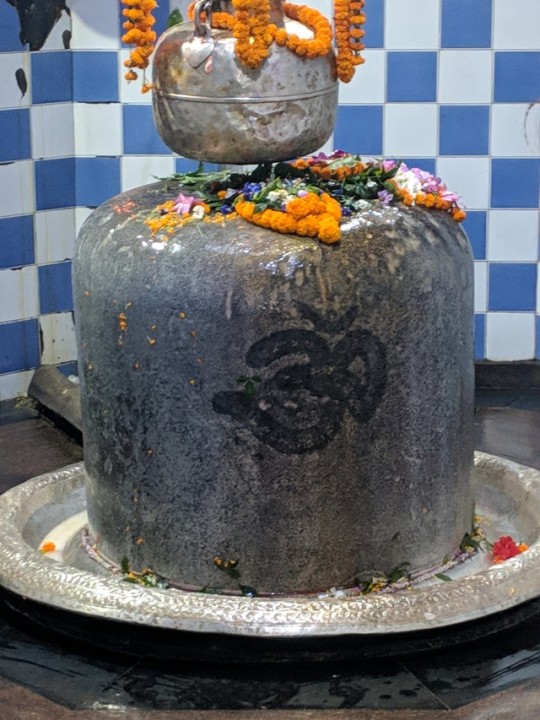Lord Shiva, one of the most complex gods of India, embodies seemingly contradictory qualities – He is the destroyer and the restorer; the great ascetic as well as the symbol of sensuality; the benevolent herdsman of souls and also the wrathful avenger.
Matted Hair: The matted hair represents Lord Shiva’s connection with the wind and Brahma’s “breathe of life”.
Unclad Body and Ash: The unclad body symbolizes the transcendental aspect of Lord Shiva. The ash smeared on Lord Shiva’s body signifies that He transcends physical phenomena and is not affected by it.
Third Eye: Lord Shiva is also known as Tryambaka Deva, which literally means ‘three-eyed Lord,’ and is often depicted as having three eyes. His right and left eyes are the sun and moon respectively, while His third eye is the eye of wisdom.
Ganga: The river Ganges, is the most sacred river in India and represents the causal waters from which the earth arises. By holding the Ganges in his matted hair, Lord Shiva allowed the holy river to traverse the earth and bring its purifying water to humans.
Crescent Moon: Often depicted on Lord Shiva’s head is a crescent moon, representing the cyclical nature of the universe.
Snake: Lord Shiva is often shown with a snake curled three times around His neck. The three coils of the snake represent the cycle of time – the past, present and future. The snake around Lord Shiva’s neck symbolizes his transcendence over the cycles of creation and time.
Trident: The three-pronged trident known as the Trishul shown with Lord Shiva symbolizes His three fundamental powers, or shakti, of iccha, kriya, and jnana (will, action and knowledge). The trident also represents Lord Shiva’s power to destroy evil and ignorance.
Tiger Skin: Lord Shiva is shown sitting on a tiger or wearing a tiger skin. The tiger is the vehicle of Shakti, the Goddess of power and force. The tiger skin that Lord Shiva wears symbolizes His victory over every force.




No comments:
Post a Comment
Note: Only a member of this blog may post a comment.